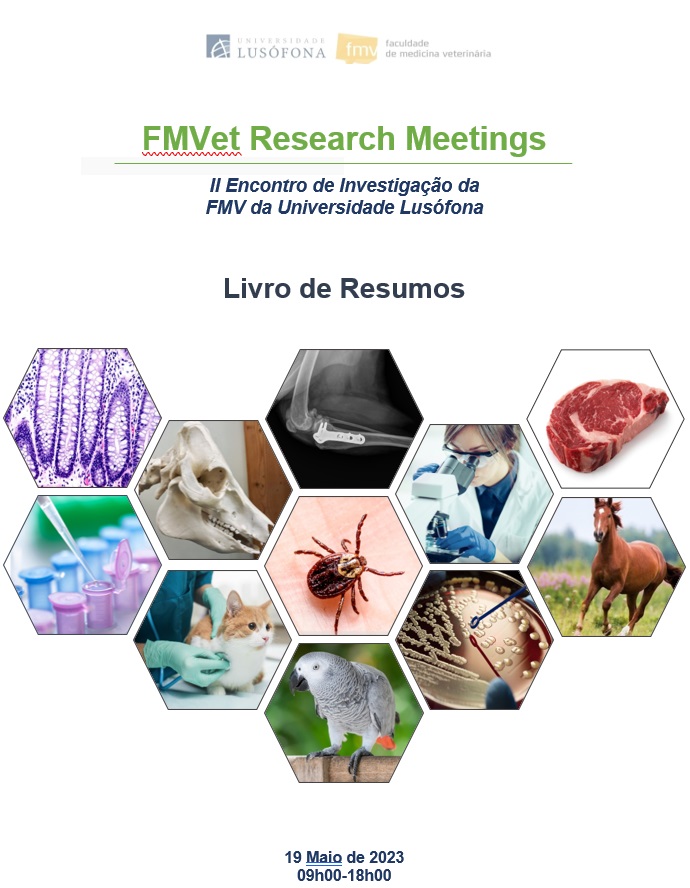iRhom2/ADAM17 deletion protects from obesity associated to increased adipocyte thermogenesis and differentiation and reduced adipocyte Semaphorin 4B shedding
Resumo
Objectives: The metalloprotease ADAM17 (also called TACE) plays fundamental roles during development, and to promote homeostasis and multiple inflammatory diseases and cancer by shedding key signaling molecules from the cell surface. Its importance in inflammation and growth control is well documented, while little is known about the role of ADAM17 and its regulator iRhom2 in metabolic homeostasis. The purpose of this study was to determine the impact of the sheddase ADAM17/TACE and of its modulator iRhom2 in the pathophysiology of obesity and in adipocyte homeostasis.
Materials and Methods: We challenged controls versus iRhom2 global KO or adipocyte specific ADAM17 KO mice to positive energy balance by chronic exposure to a high fat diet, and then compared their metabolic phenotypes. We also carried out ex vivo assays with primary and immortalized mouse brown and beige adipocytes to establish the autonomy of the effect of loss of iRhom2 and ADAM17 on differentiation, thermogenesis and respiration. In addition, we used proteomic and transcriptomic analyses to identify and characterize a novel ADAM17 substrate involved.
Results: iRhom2 global KO and adipocyte-specific ADAM17 KO mice exhibited a hypermetabolic phenotype characterized by elevated energy consumption and increased levels of adipocyte thermogenic gene expression and browning. This protected mutant mice from obesogenic challenge, limiting weight gain, hepatosteatosis and insulin resistance. Proteomic studies identified Semaphorin 4B (SEMA4B), as a novel ADAM17-shed adipokine, whose expression is regulated by physiological thermogenic cues, that acts to inhibit adipocyte differentiation and dampen thermogenic responses in adipocytes.
Conclusion: Our findings identify a novel iRhom2/ADAM17-dependent axis, regulated by beta-adrenoceptors and mediated by the ADAM17-cleaved form of SEMA4B, that modulates energy balance in adipocytes by inhibiting adipocyte differentiation, thermogenesis and lipid catabolism.
Keywords: iRhom2, ADAM17/TACE; Semaphorin4B; Thermogenesis; Obesity.


